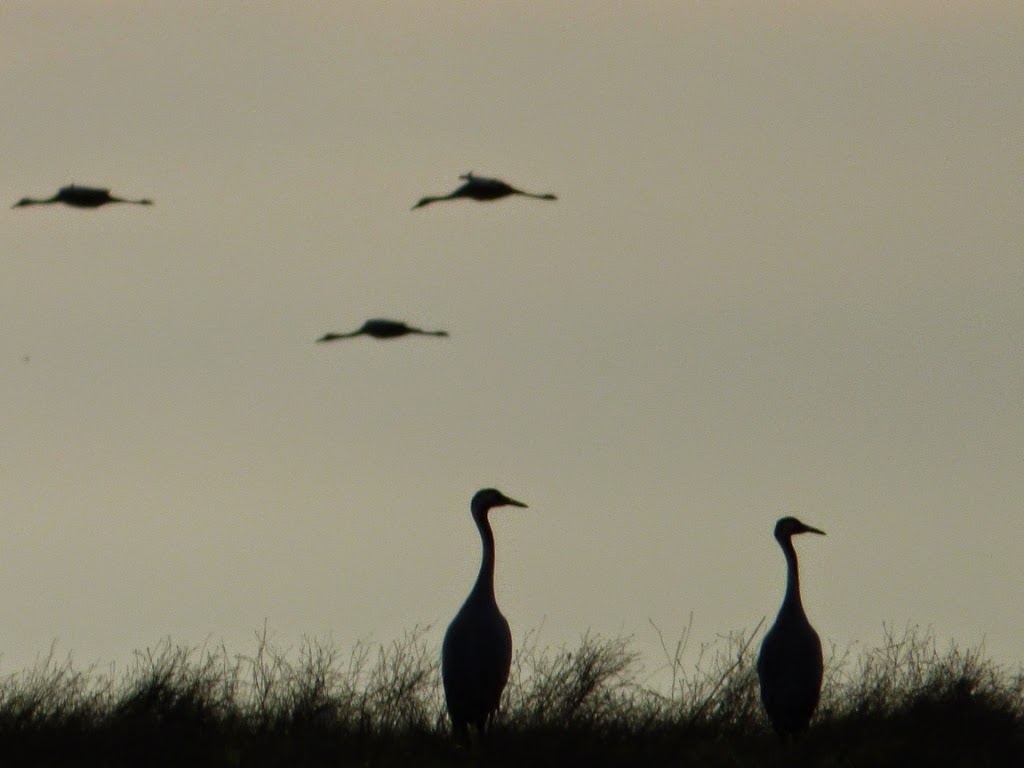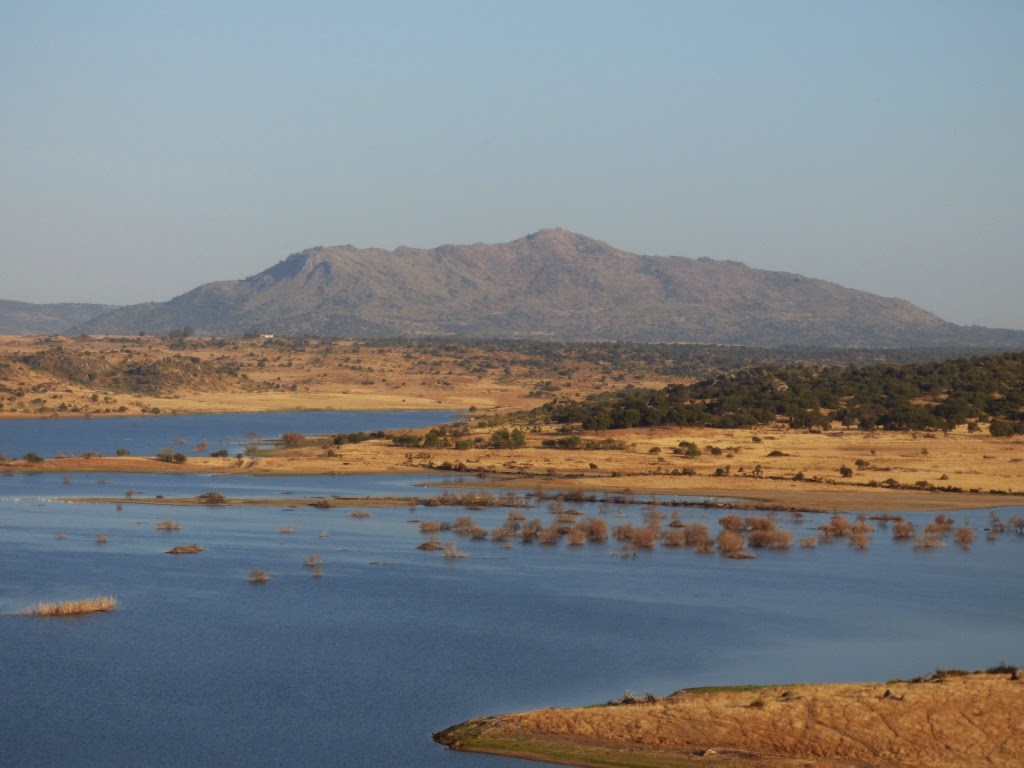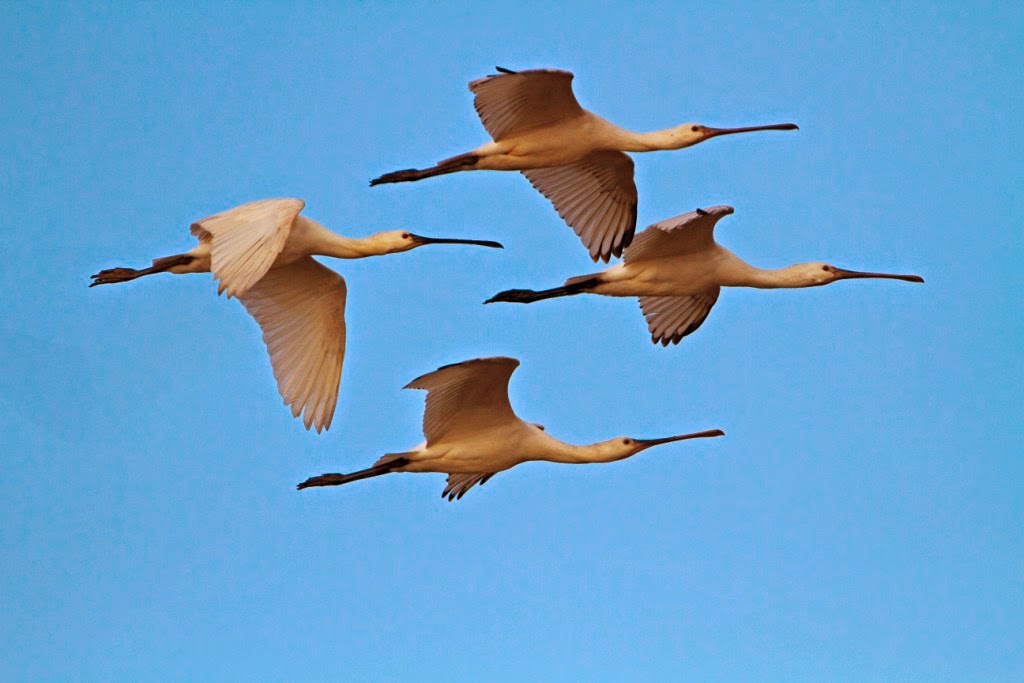Sunny year's end

Shoveler (Martin Kelsey) It feels that only now through the Solstice and Yuletide that winter is arriving, with frost now a regular morning experience and a nip to the otherwise gentle breeze. We are continuing to enjoy this long period of sunny, settled weather and as I stand facing north and the chill of the ground pushes against my boots, my back is soothed by the welcoming warmth of a steadfast sun. In front of me, gorgeously sheltered on placid water and no doubt relishing the gentle radiance as I am, are a myriad of dozing duck. Almost all are Shoveler. They sit, plump and motionless, the round white bows of the drakes appearing twice their normal size as the perfect mirrored water surface creates the illusion of a fusion between reality and reflection. This white form is then set strikingly against the mahogany brown of their sides and the black-green heads. The dressed-down females are mingled across the raft and almost all (ducks and drakes) set the same pose: hunched head













